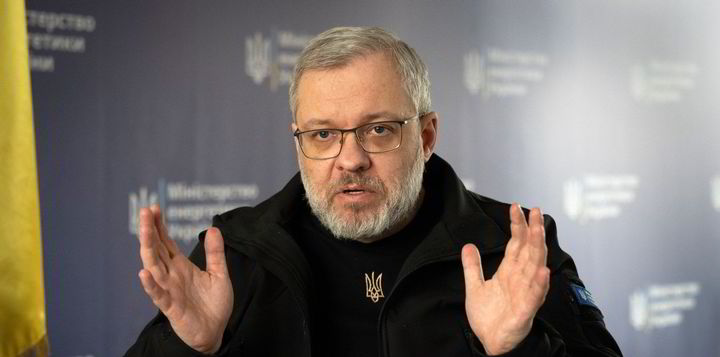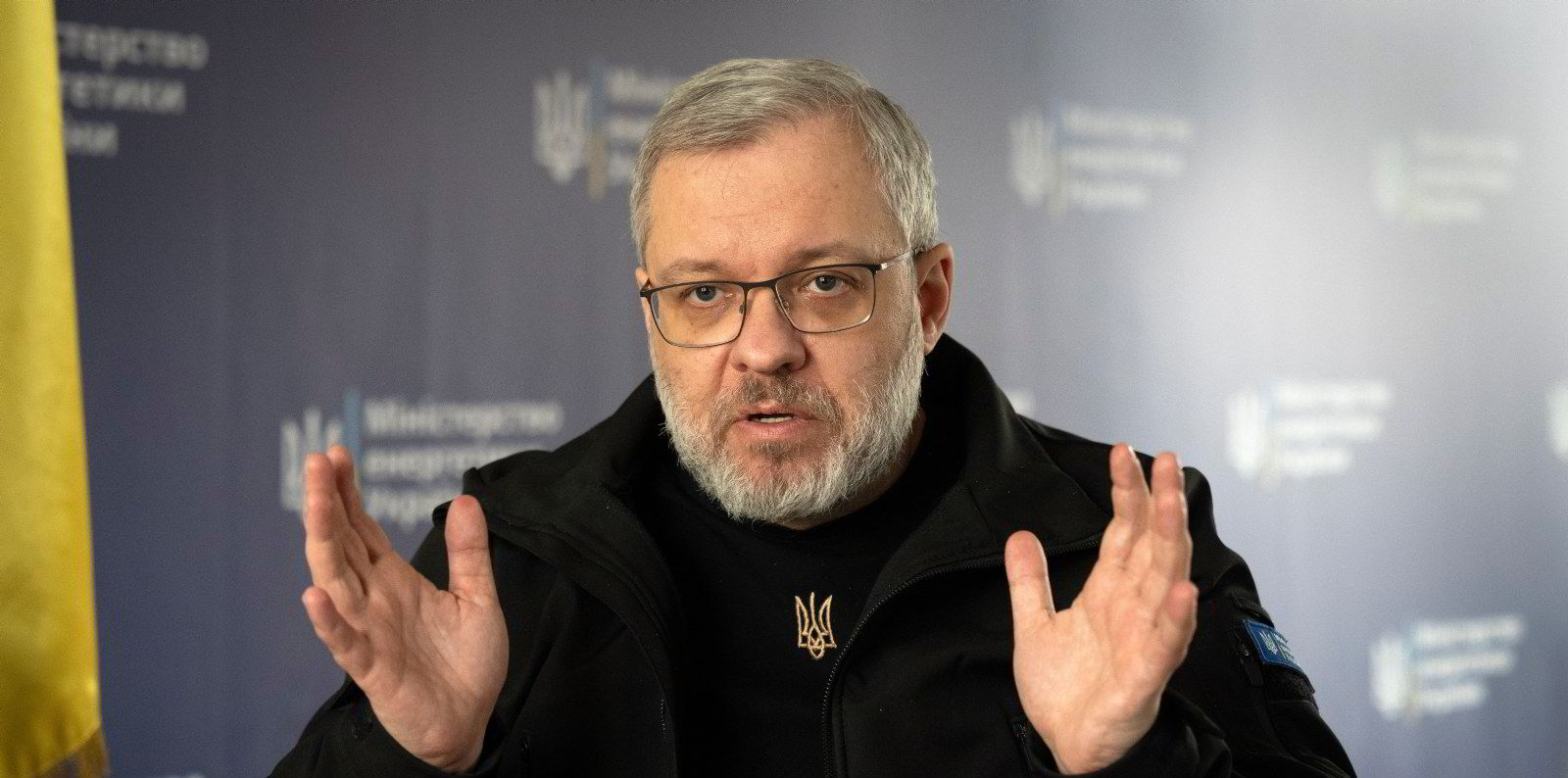Ukraine’s government has decided to extend last year’s prohibition on natural gas exports to Europe, despite calls from private sector gas producers to restore such option.
Speaking at a briefing in Kiev, Energy Minister Herman Halushchenko said the export ban, introduced after the Russian invasion in Ukraine in February 2022, must stay in place, according to Kiev-based news portal RBK-Ukraina.
Without the curb, Halushenko said, there was a risk that independent producers would have exported all of their output to wealthy European markets last year, due to the huge disparity between domestic and foreign gas prices.
He added that the availability of gas from independents was crucial to a power generation sector that has been the target of multiple Russian missile attacks this past winter.
Ukraine’s power plants have switched to natural gas in recent months because coal production in the east of the country has been badly affected by the war with Russia, Halushchenko said.
Low gas reserves
Higher reliance on gas in power generation has also led to the depletion of Ukraine’s gas storage levels.
Article continues below the advert
Underground facilities were built along the country’s western borders during Soviet era and can hold over 30 billion cubic metres.
Speaking at a briefing last week, chief executive officer of Ukraine’s largest energy utility DTEK, Maxim Timchenko said that the country currently had an estimated 8.5 Bcm of gas in underground storage at the beginning of April – when the season of high winter consumption officially finished.
However, data from Europe’s association Gas Infrastructure Europe suggests just 4.6 Bcm may be safely extracted to the surface from Ukraine’s storage reservoirs, as some gas has to remain underground as a buffer to maintain the working pressure.
Ukraine’s state gas transmission authority Operator GTS Ukrainy stopped disclosing daily inflows and outflows of gas in and from storage reservoirs on its website last November, just as the winter season of higher consumption started.
Ukraine’s state gas storage operator Ukrtransgaz said this week that about 5.6 Bcm of gas was taken from storage for domestic consumption between November and March this year.
The volume of gas in Ukraine’s underground storage reservoirs have been falling steadily since October 2020 when the country reported the accumulation of almost 26 Bcm of gas.
That was possible after Naftogaz and other importers in the country were able to buy over 12 Bcm of Russian gas in transit to Europe in the period between April and October 2020 and put it in storage, historic data from country’s gas transmission authority Operator GTS Ukrainy suggests.
The availability of Russian gas was explained by the fall in European gas demand with Covid-related restrictions on businesses across the continent.
Meanwhile, DTEK has also put some 900 million cubic metres of gas in storage instead of selling it at a discounted domestic gas price, Timchenko acknowledged.
Price disparity pains
Naftogaz Ukrainy, the state-run gas producer and importer, had to take on duties of most of regional privately owned gas distributors in Ukraine last year. The company supplied gas to households at a fixed price of about $210 per 1,000 cubic metres during the last winter.
In Western Europe, in contrast, the Dutch TTF spot gas price benchmark averaged about €79 per megawatt hour, equivalent to about $900 per 1,000 cbm, during the first quarter of this year.
Timchenko said that the domestic gas price regulation, coupled with the export prohibition, provides no incentive for the utility to invest into its gas development business unit.
In 2021, DTEK reported 12% year-on-year growth in gas production to over 2 Bcm, making its gas unit the second largest producer in Ukraine after Naftogaz’ subsidiary Ukrgazdobycha
Gazprom retaliation
Gazprom drastically cut its gas transit flows to Europe via Ukraine during the traditional storage accumulation period from April to October by 27% to 23.2 Bcm in 2021 and by another 60% to 9.5 Bcm in 2022, according to Operator GTS data.
This has been done with the apparent goal to limit the ability of Kiev to use Russian transit flows as the source of gas to fill its underground storage, Operator GTS suggested earlier.
Gazprom has been transiting about 40 million cubic metres of gas per day to Europe via Ukraine this year, more than two times lower than the minimal daily average of 109 MMcmd, contracted with Naftogaz in December 2019.
Last November, Gazprom threatened to halt its gas supplies via Ukraine to country’s neighbour Moldova after it learned about an arrangement between the two countries to divert some of Russian transit gas contracted by Moldova into temporary storage in Ukraine.

